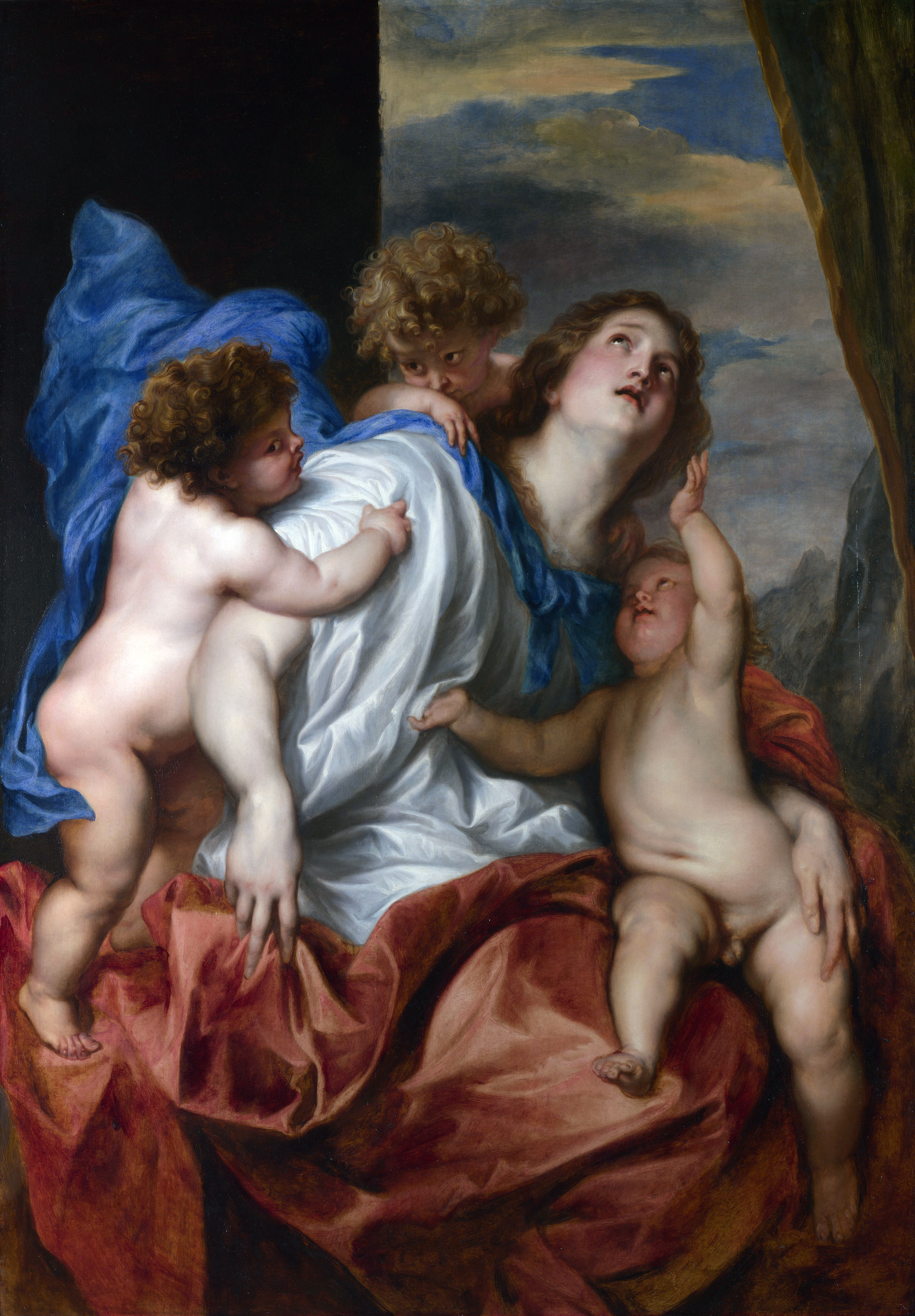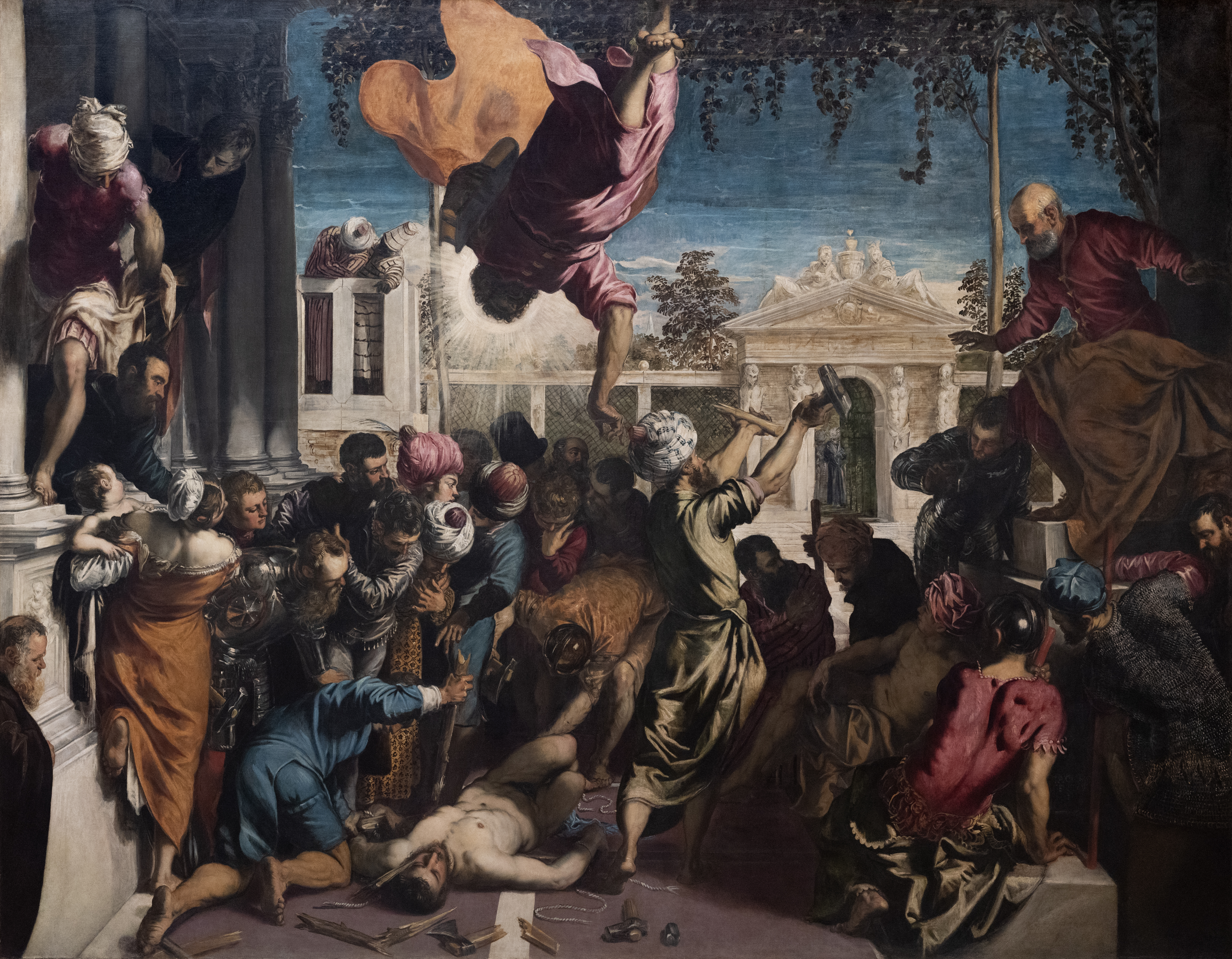|
Book Of Moroni
The Book of Moroni () is the last of the books that make up the Book of Mormon. According to the text it was written by the prophet Moroni sometime between 400 and 421 CE. Moroni consists of ten chapters. Narrative Moroni's people had been destroyed by the Lamanites down to the very last person. They were hunting Moroni so they could make the genocide complete. But when he was not fleeing for his life, he took the time to write a few things that might be edifying to those same Lamanites. The first thing he wrote down was the procedure that Jesus used to make apostles, priests, and teachers. Then he described the procedure for administering the ordinances of the Last Supper and baptism Baptism (from ) is a Christians, Christian sacrament of initiation almost invariably with the use of water. It may be performed by aspersion, sprinkling or affusion, pouring water on the head, or by immersion baptism, immersing in water eit .... If a member of the church committed si ... [...More Info...] [...Related Items...] OR: [Wikipedia] [Google] [Baidu] |
Book Of Mormon
The Book of Mormon is a religious text of the Latter Day Saint movement, first published in 1830 by Joseph Smith as ''The Book of Mormon: An Account Written by the Hand of Mormon upon Plates Taken from the Plates of Nephi''. The book is one of the earliest and most well-known unique writings of the Latter Day Saint movement. The List of denominations in the Latter Day Saint movement, denominations of the Latter Day Saint movement typically regard the text primarily as scripture (sometimes as one of standard works, four standard works) and secondarily as a record of God's dealings with ancient inhabitants of the Americas. The majority of Latter Day Saints believe the book to be a record of real-world history, with Latter Day Saint denominations viewing it variously as an inspired record of scripture to the Linchpin#Metaphorical use, linchpin or "Keystone (architecture)#Metaphor, keystone" of their religion. Independent archaeological, historical, and scientific communities have d ... [...More Info...] [...Related Items...] OR: [Wikipedia] [Google] [Baidu] |
Ordinance (Mormonism)
In the Latter Day Saint movement, an ''ordinance'' is a sacred rite or ceremony that has spiritual and symbolic meanings and act as a means of conveying divine grace. Ordinances are physical acts which signify or symbolize an underlying spiritual act; for some ordinances, the spiritual act is the finalization of a covenant between the ordinance recipient and God. Ordinances are usually performed by the authority of the priesthood and in the name of Jesus Christ. The use of the term "ordinance" by adherents is distinct from the use of the term in other branches of Christian tradition, where "ordinance (Christian)" is often used to imply that the act is merely symbolic and does not convey grace. Latter Day Saint use of the term "ordinance" carries the same meaning as the term "sacrament" as used by other Christian denominations. Community of Christ-derived denominations of the Latter Day Saint movement also tend to refer to "sacraments" rather than "ordinances". Some ordina ... [...More Info...] [...Related Items...] OR: [Wikipedia] [Google] [Baidu] |
Apostasy
Apostasy (; ) is the formal religious disaffiliation, disaffiliation from, abandonment of, or renunciation of a religion by a person. It can also be defined within the broader context of embracing an opinion that is contrary to one's previous religious beliefs. One who undertakes apostasy is known as an apostate. Undertaking apostasy is called apostatizing (or apostasizing – also spelled apostacizing). The term ''apostasy'' is used by sociology, sociologists to mean the renunciation ''and'' criticism of, or opposition to, a person's former religion, in a technical sense, with no pejorative connotation. Occasionally, the term is also used metaphorically to refer to the renunciation of a non-religious belief or cause, such as a political party, social movement, or sports team. Apostasy is generally not a self-definition: few former believers call themselves apostates due to the term's negative connotation. Many religious groups and some states punish apostates; this may be the ... [...More Info...] [...Related Items...] OR: [Wikipedia] [Google] [Baidu] |
Epistle
An epistle (; ) is a writing directed or sent to a person or group of people, usually an elegant and formal didactic letter. The epistle genre of letter-writing was common in ancient Egypt as part of the scribal-school writing curriculum. The letters in the New Testament from Apostles to Christians are usually referred to as epistles. Those traditionally attributed to Paul are known as Pauline epistles and the others as catholic (i.e., "general") epistles. Ancient Egyptian epistles The ancient Egyptians wrote epistles, most often for pedagogical reasons. Egyptologist Edward Wente (1990) speculates that the Fifth-dynasty Pharaoh Djedkare Isesi—in his many letters sent to his viziers—was a pioneer in the epistolary genre. Its existence is firmly attested during the Sixth Dynasty of the Old Kingdom, and is prominently featured in the educational guide ''The Book of Kemit'' written during the Eleventh Dynasty. A standardized formulae for epistolary compositions exi ... [...More Info...] [...Related Items...] OR: [Wikipedia] [Google] [Baidu] |
Charity (virtue)
In Christian theology, charity (Latin: ) is considered one of the seven virtues and was understood by Thomas Aquinas as "the friendship of man for God", which "unites us to God". He holds it as "the most excellent of the cardinal virtue, virtues". Aquinas further holds that "the habit of charity extends not only to the love of God, but also to the love of our neighbor". The Catechism of the Catholic Church defines "charity" as "the theological virtue by which we love God above all things for His own sake, and our neighbor as ourselves for the love of God". : the altruistic love The phrase from 1 John 4:8 ()—or () in the original Greek is translated in the King James Version as: "God is love", and in the Douay-Rheims bible as: "God is charity" (). Thomas Aquinas does not simply equate charity with "Love (religious views)#Christian, love", which he holds as a passion, not a virtue. The King James Version uses both the words ''charity'' and ''love'' to translate the idea of / ... [...More Info...] [...Related Items...] OR: [Wikipedia] [Google] [Baidu] |
Hope
Hope is an optimistic state of mind that is based on an expectation of positive outcomes with respect to events and circumstances in one's own life, or the world at large. As a verb, Merriam-Webster defines ''hope'' as "to expect with confidence" or "to cherish a desire with anticipation". Among its opposites are dejection, hopelessness, and despair. Hope finds expression through many dimensions of human life, including practical reasoning, the religious virtue of hope, legal doctrine, and literature, alongside cultural and mythological aspects. In psychology American professor of psychology Barbara Fredrickson argues that hope comes into its own when crisis looms, opening us to new creative possibilities. Frederickson argues that with great need comes an unusually wide range of ideas, as well as such positive emotions as happiness and joy, courage, and empowerment, drawn from four different areas of one's self: from a cognitive, psychological, social, or physical per ... [...More Info...] [...Related Items...] OR: [Wikipedia] [Google] [Baidu] |
Faith
Faith is confidence or trust in a person, thing, or concept. In the context of religion, faith is " belief in God or in the doctrines or teachings of religion". According to the Merriam-Webster's Dictionary, faith has multiple definitions, including "something that is believed especially with strong conviction", "complete trust", "belief and trust in and loyalty to God", as well as "a firm belief in something for which there is no proof". Religious people often think of faith as confidence based on a perceived degree of warrant, or evidence, while others who are more skeptical of religion tend to think of faith as simply belief without evidence. In the Roman world, 'faith' (Latin: ) was understood without particular association with gods or beliefs. Instead, it was understood as a paradoxical set of reciprocal ideas: voluntary will and voluntary restraint in the sense of father over family or host over guest, whereby one party willfully surrenders to a party who could harm b ... [...More Info...] [...Related Items...] OR: [Wikipedia] [Google] [Baidu] |
Miracle
A miracle is an event that is inexplicable by natural or scientific lawsOne dictionary define"Miracle"as: "A surprising and welcome event that is not explicable by natural or scientific laws and is therefore considered to be the work of a divine agency." and accordingly gets attributed to some supernatural or praeternatural cause. Various religions often attribute a phenomenon characterized as miraculous to the actions of a supernatural being, (especially) a deity, a miracle worker, a saint, or a religious leader. Informally, English-speakers often use the word ''miracle'' to characterise any beneficial event that is statistically unlikely but not contrary to the laws of nature, such as surviving a natural disaster, or simply a "wonderful" occurrence, regardless of likelihood (e.g. "the miracle of childbirth"). Some coincidences may be seen as miracles. A true miracle would, by definition, be a non-natural phenomenon, leading many writers to dismiss miracles as physically i ... [...More Info...] [...Related Items...] OR: [Wikipedia] [Google] [Baidu] |
Evil
Evil, as a concept, is usually defined as profoundly immoral behavior, and it is related to acts that cause unnecessary pain and suffering to others. Evil is commonly seen as the opposite, or sometimes absence, of good. It can be an extremely broad concept, although in everyday usage it is often more narrowly used to talk about profound wickedness and against common good. It is generally seen as taking multiple possible forms, such as the form of personal moral evil commonly associated with the word, or impersonal natural evil (as in the case of natural disasters or illnesses), and in religious thought, the form of the demonic or supernatural/eternal. While some religions, world views, and philosophies focus on "good versus evil", others deny evil's existence and usefulness in describing people. Evil can denote profound immorality, but typically not without some basis in the understanding of the human condition, where strife and suffering ( cf. Hinduism) are the ... [...More Info...] [...Related Items...] OR: [Wikipedia] [Google] [Baidu] |
Goodness And Value Theory
Value theory, also called ''axiology'', studies the nature, sources, and types of values. It is a branch of philosophy and an interdisciplinary field closely associated with social sciences such as economics, sociology, anthropology, and psychology. Value is the worth of something, usually understood as covering both positive and negative degrees corresponding to the terms ''good'' and ''bad''. Values influence many human endeavors related to emotion, decision-making, and action. Value theorists distinguish various types of values, like the contrast between intrinsic and instrumental value. An entity has intrinsic value if it is good in itself, independent of external factors. An entity has instrumental value if it is useful as a means leading to other good things. Other classifications focus on the type of benefit, including economic, moral, political, aesthetic, and religious values. Further categorizations distinguish absolute values from values that are relative to somethi ... [...More Info...] [...Related Items...] OR: [Wikipedia] [Google] [Baidu] |
Nephite
In the Book of Mormon, the Nephites () are one of four groups (along with the Lamanites, Jaredites, and Mulekites) said to have settled in the ancient Americas. The term is used throughout the Book of Mormon to describe the religious, political, and cultural traditions of the group of settlers. The Nephites are described as a group of people that descended from or were associated with Nephi, a son of the prophet Lehi, who left Jerusalem at the urging of God in about 600 BC and traveled with his family to the Western Hemisphere and arrived to the Americas in about 589 BC. The Book of Mormon notes them as initially righteous people who eventually "had fallen into a state of unbelief and awful wickedness" and were destroyed by the Lamanites in about AD 385. Some Mormon scholars have suggested that the Nephites settled somewhere in present-day Central America. However, non-Mormon scholars and, notably, the Smithsonian Institution, have stated that they have ... [...More Info...] [...Related Items...] OR: [Wikipedia] [Google] [Baidu] |
Mormon (prophet)
Mormon is believed by members of the Church of Jesus Christ of Latter-day Saints and the Community of Christ to be a prophet-historian and a member of a tribe of indigenous Americans known as the Nephites, one of the four groups (including the Lamanites, Jaredites, and Mulekites) described in the Book of Mormon as having settled in the ancient Americas. According to the Book of Mormon, the prophet Mormon engraved an abridgement of his people's history on golden plates. Based on the chronology described in the book, Mormon lived during the 4th century AD. As a narrator in the text, Mormon presents himself as a redactor. He quotes and paraphrases other writers, collects and includes whole texts by other authors, contributes running commentary, and also writes his own narrative. He writes about the process of making the book, both in terms of compiling the works of other prophets and also in terms of engraving the words on metal plates. He alludes to content that is left out of ... [...More Info...] [...Related Items...] OR: [Wikipedia] [Google] [Baidu] |








